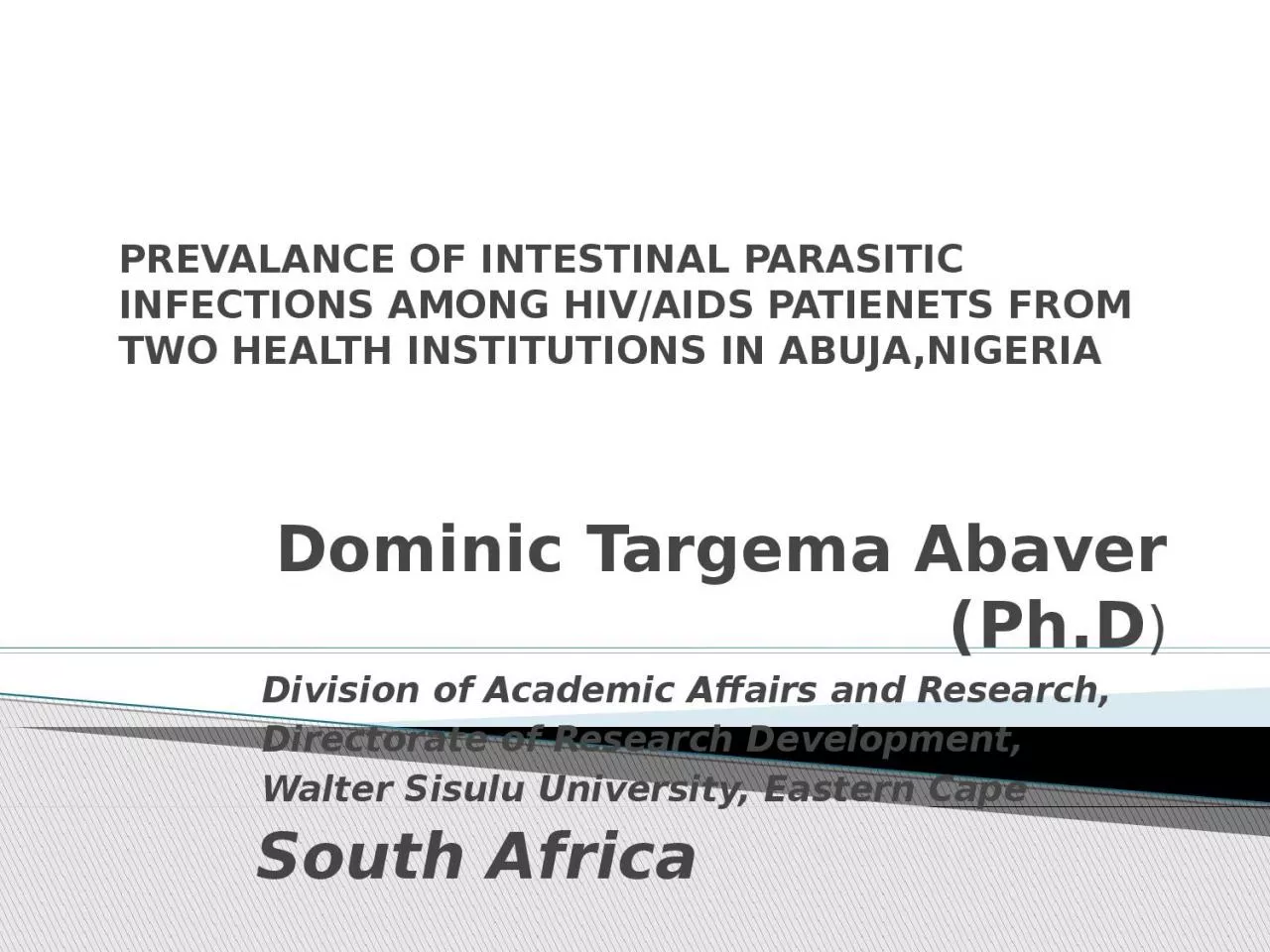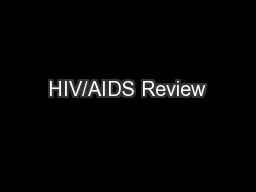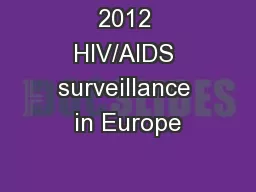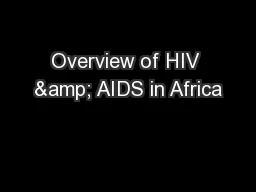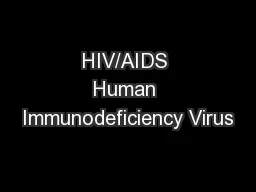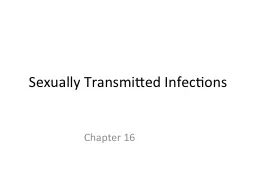PPT-PREVALANCE OF INTESTINAL PARASITIC INFECTIONS AMONG HIV/AIDS PATIENETS FROM TWO HEALTH
Author : yvonne | Published Date : 2023-07-08
Dominic Targema Abaver PhD Division of Academic Affairs and Research Directorate of Research Development Walter Sisulu University Eastern Cape South Africa
Presentation Embed Code
Download Presentation
Download Presentation The PPT/PDF document "PREVALANCE OF INTESTINAL PARASITIC INFEC..." is the property of its rightful owner. Permission is granted to download and print the materials on this website for personal, non-commercial use only, and to display it on your personal computer provided you do not modify the materials and that you retain all copyright notices contained in the materials. By downloading content from our website, you accept the terms of this agreement.
PREVALANCE OF INTESTINAL PARASITIC INFECTIONS AMONG HIV/AIDS PATIENETS FROM TWO HEALTH: Transcript
Download Rules Of Document
"PREVALANCE OF INTESTINAL PARASITIC INFECTIONS AMONG HIV/AIDS PATIENETS FROM TWO HEALTH"The content belongs to its owner. You may download and print it for personal use, without modification, and keep all copyright notices. By downloading, you agree to these terms.
Related Documents

